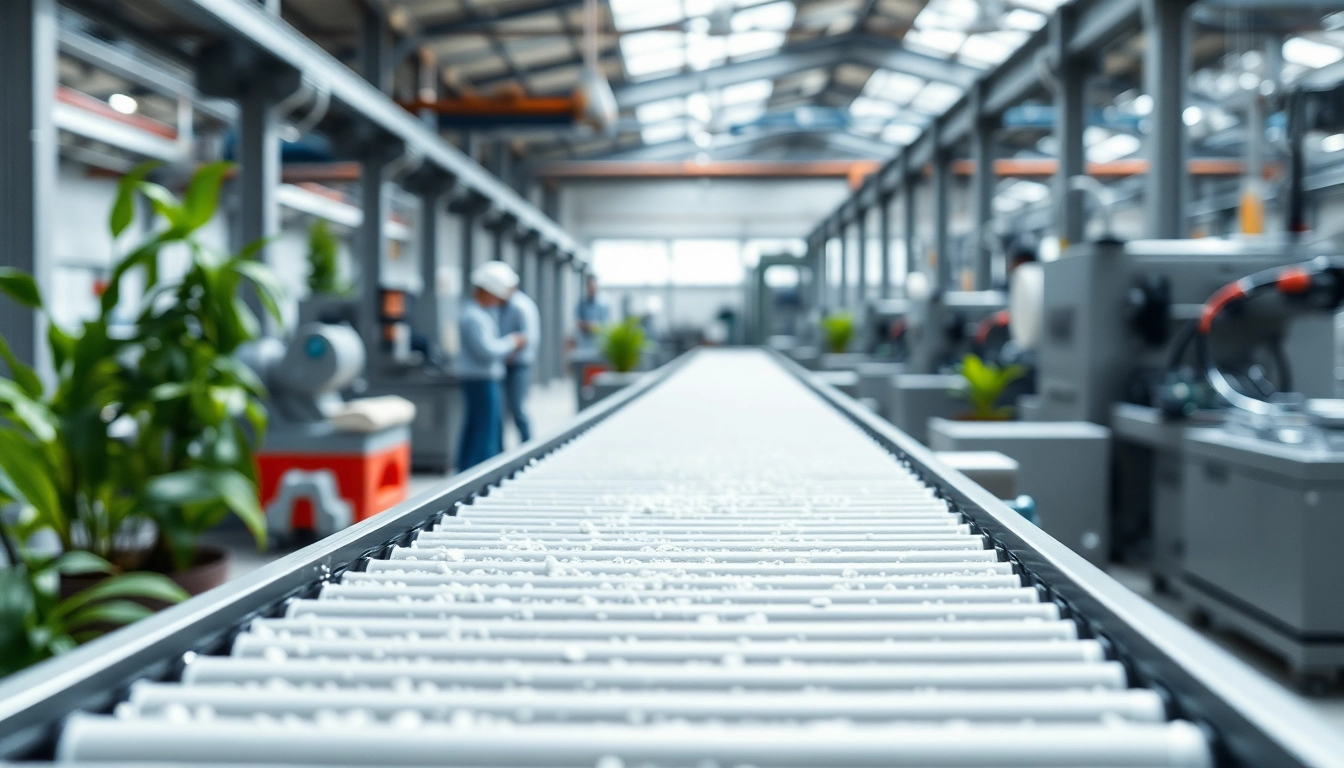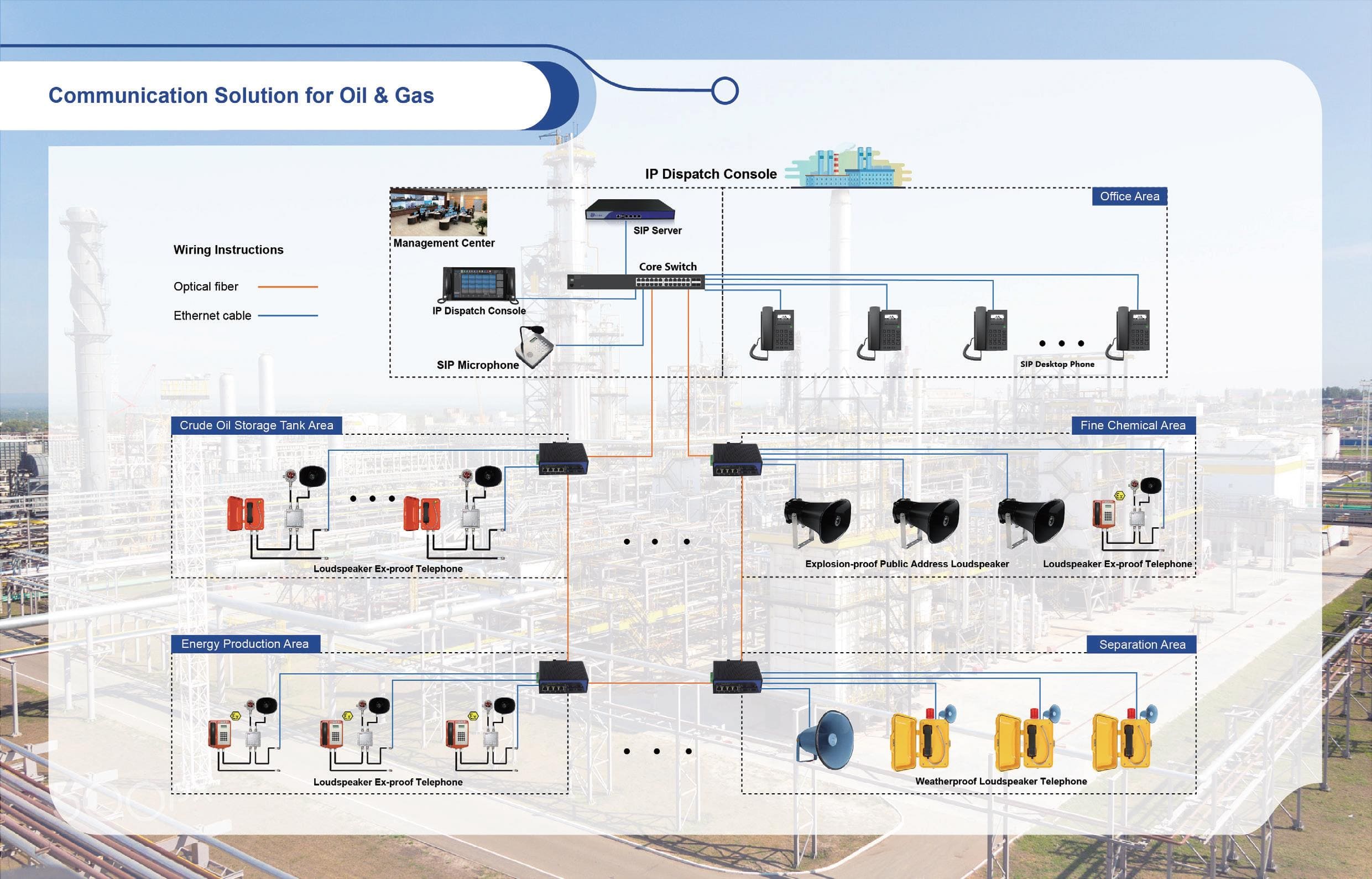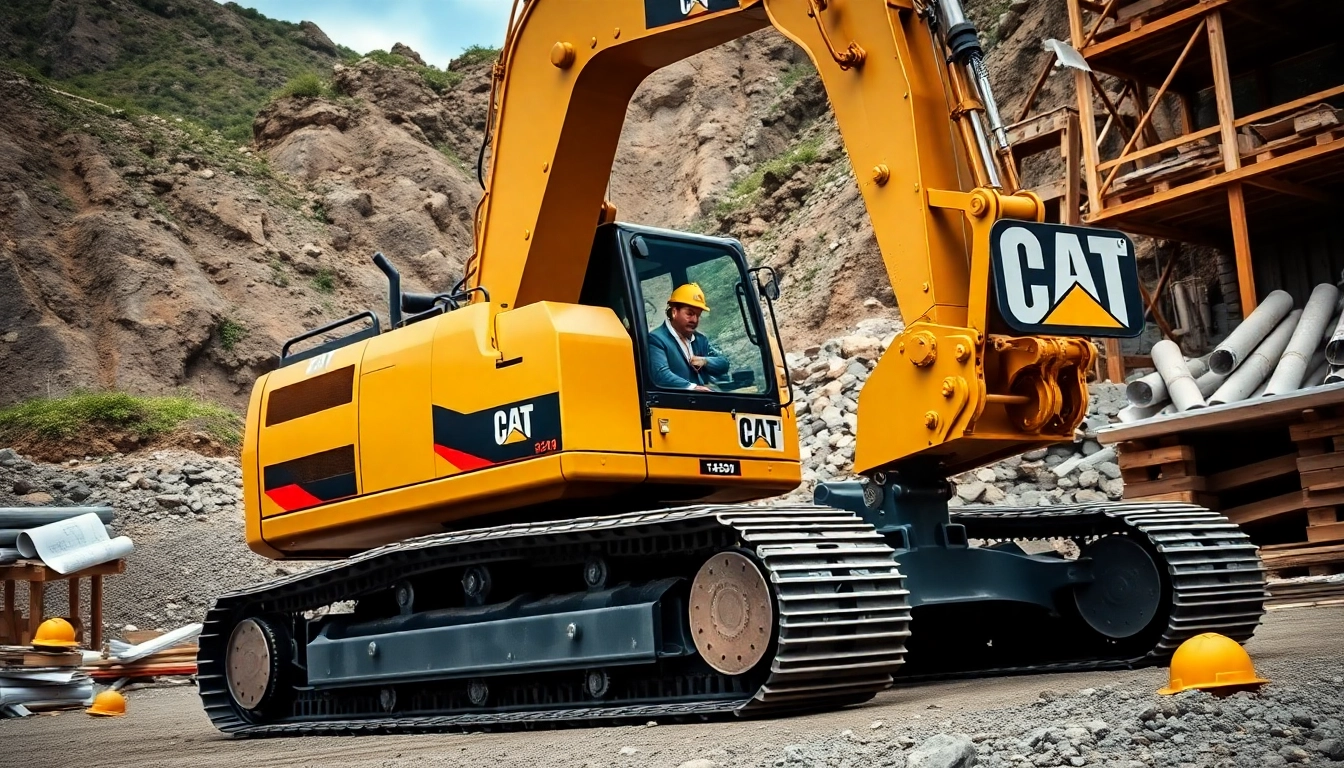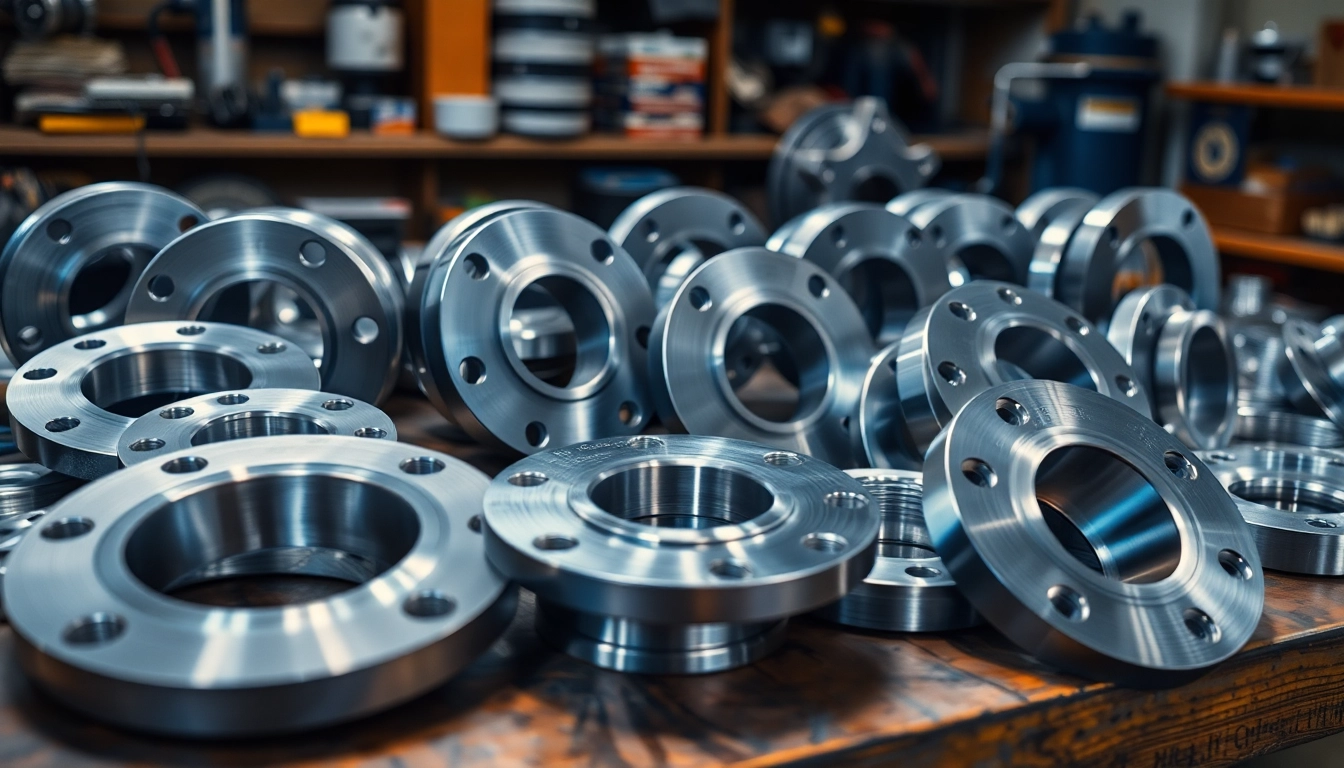What is a Powder Conveyor?
Definition and Purpose
A powder conveyor is a specialized mechanism designed to transport fine powdered materials efficiently and effectively across a variety of industrial settings. These conveyors are critical in industries that require bulk handling of powders, granulates, or similar materials. They serve the purpose of facilitating the seamless movement of light, fluffy, and often volatile substances without creating dust, thus ensuring both safety and efficiency in operations.
Powder conveyors play a pivotal role in several sectors, including food processing, pharmaceuticals, chemicals, and plastics, where maintaining the quality and integrity of the powdered material is essential. By minimizing product loss and ensuring precision in handling, powder conveyors enhance overall productivity and streamline material flow.
Main Types of Powder Conveyors
There are several types of powder conveyors, each designed to cater to specific materials and operational needs. The most common types include:
- Pneumatic Conveyors: These systems utilize air pressure to transport powders through a network of tubes. Pneumatic conveyors are favored for their speed and ability to cover long distances without physical contact with the material, thus minimizing contamination and wear.
- Mechanical Conveyors: These involve systems such as screw conveyors, belt conveyors, and vibratory feeders, utilizing various mechanical movements to move powder materials. They are often used for materials that are denser or heavier.
- Vacuum Conveyors: Vacuum conveyors suck powdered material into a chamber and move it using a vacuum system. This method is beneficial for delicate powders that may be damaged by mechanical handling or where containment of dust is necessary.
- Tubular Drag Conveyors: This conveyor type moves powders through a pipe using a chain-driven mechanism. It is highly versatile, capable of transporting powders, granules, and even sticky materials without blockages.
Industry Applications
Different industries rely on powder conveyors to streamline their processes:
- Food Industry: In food processing plants, powder conveyors handle ingredients like flour, sugar, and spices, ensuring they remain uncontaminated and maintain their quality.
- Pharmaceuticals: Powder conveyors in the pharmaceutical industry must adhere to strict regulations. They are used for transporting active pharmaceutical ingredients (APIs) and excipients where accuracy and cleanliness are paramount.
- Chemicals: Various powdered chemicals are conveyed within facilities to minimize hazards. These conveyors are crucial for ensuring consistent product quality and regulatory compliance.
- Plastics and Composite Materials: Many manufacturers use powdered polymer materials in composite production, making powder conveyors vital for operational efficiency.
Key Features of Powder Conveyors
Efficiency in Material Transport
One of the primary features of modern powder conveyors is their efficiency in material transport. Advanced designs and technologies enable the swift movement of powders from one processing stage to another, minimizing delays and maximizing throughput. This efficiency is critical for manufacturers who rely on just-in-time production methods.
For example, pneumatic conveyors can transfer materials over long distances at high speeds, making them ideal for large manufacturing plants with convoluted layouts.
Dust Control Mechanisms
Dust generation is a significant concern when working with powdered materials. High dust levels not only create safety hazards—like the risk of explosion—but also lead to product loss and contamination. Powder conveyors integrate various dust control mechanisms, including:
- Enclosed Systems: Many conveyors feature enclosed designs that contain dust within the system during transport, significantly reducing airborne particles.
- Dust Collectors: Coupled with the conveyor system, these devices capture stray particles, preventing them from escaping into the environment.
- Control Valves: Used in pneumatic systems, these valves help regulate airflow to minimize dust generation during material transfer.
Versatility and Integration
Powder conveyors are designed for versatility, enabling them to be tailored to specific operations and integrated into existing systems seamlessly. The modular nature of these conveyors allows manufacturers to adjust their configurations according to operational requirements. Moreover, advanced controls can synchronize conveyors with other equipment like mixers, hoppers, and packaging machines, enhancing workflow efficiency.
Choosing the Right Powder Conveyor
Assessing Material Specifics
When selecting a powder conveyor, the type of material being transported is vital. Factors such as particle size, shape, bulk density, and flow characteristics influence the choice of conveyor. For instance, materials that are fine and fluffy might be better suited for pneumatic conveyors, while denser materials might perform better with mechanical options like screw conveyors.
Size and Configuration Considerations
The physical characteristics and layout of the facility will determine the size and configuration of the powder conveyor. Key considerations include:
- Space Availability: Assess if there is adequate room for the conveyor system, including space for maintenance and operation.
- Vertical vs. Horizontal Transport: Determine if the powders need to be elevated or can be transported horizontally, as this will affect the type of conveyor system selected.
- Modularity: Opt for conveyors that offer modular components allowing for easy modification and scalability as production needs change.
Budget and Maintenance Factors
Cost considerations encompass not only initial purchasing price but also long-term maintenance costs. High-quality conveyor systems might require a higher initial investment but can reduce maintenance and operational costs over time. Additionally, selecting a system that is easy to maintain will minimize downtime and improve overall productivity.
Best Practices for Powder Conveyor Usage
Regular Maintenance Tips
Regular maintenance of powder conveyors is essential for ensuring their longevity and reliability. Some best practices include:
- Routine Inspections: Conduct regular inspections to check for signs of wear, damage, or misalignment.
- Lubrication: Ensure that moving parts are properly lubricated to reduce friction and wear.
- Cleaning Protocols: Establish a cleaning schedule to prevent material buildup that could affect performance.
Monitoring and Performance Metrics
To ensure that powder conveyors are operating efficiently, it is vital to monitor various performance metrics. Monitoring throughput, energy consumption, and downtime helps identify inefficiencies. Additionally, using sensors and IoT technology can provide real-time data, enabling operators to make informed decisions for maintenance and operations.
Training for Operators
The operators of powder conveyors play a crucial role in ensuring their efficient use. Comprehensive training programs should cover:
- System Operations: Training on how to operate the conveyor, including understanding the controls and adjustments.
- Maintenance Practices: Operators should be trained in basic maintenance tasks to identify issues before they lead to breakdowns.
- Safety Protocols: Understanding safety measures to minimize risks associated with powder handling.
Comparing Powder Conveyors with Other Transport Systems
Pneumatic Conveyors vs. Screw Conveyors
Pneumatic and screw conveyors both offer unique advantages and limitations:
- Pneumatic Conveyors: Best for light, fluffy powders and materials that must remain uncontaminated; however, they can be more complex and expensive to install and operate.
- Screw Conveyors: More affordable and easier to maintain but may not be suitable for handling fragile materials and can generate dust if not properly configured.
Advantages of Vacuum Conveying
Vacuum conveying offers several advantages, particularly in environments where dust control is paramount. Its enclosed system minimizes dust emissions, making it suitable for sensitive applications. Additionally, it is flexible in terms of routing and can easily transport materials over various distances and elevations without physical ground obstruction.
Case Studies and Success Stories
Real-world applications illustrate the efficacy of powder conveyors in enhancing operational efficiencies. For example, a leading pharmaceutical company implemented a pneumatic conveying system to transport APIs. The result was a significant reduction in product loss and contamination, leading to improved compliance with regulations and increased throughput.
Another case involved a food processing plant that switched from mechanical to pneumatic conveyors, achieving a cleaner operation with lower dust emissions and improved worker safety, which led to fewer accidents and injuries on the job.















Leave a Reply